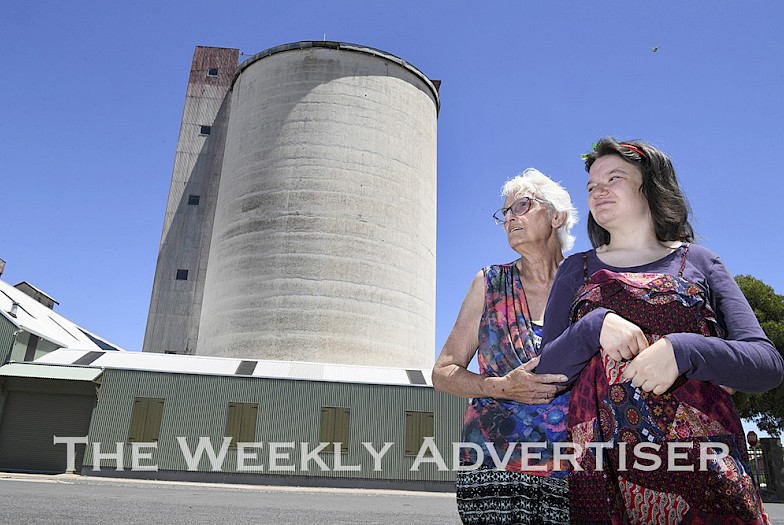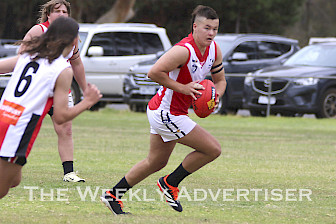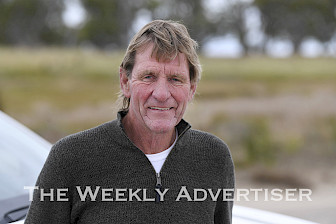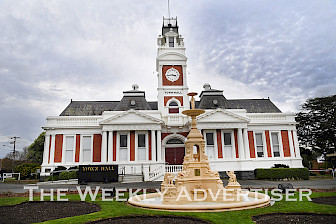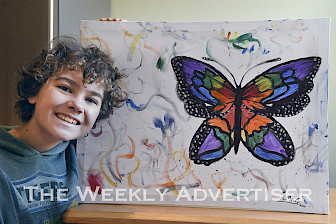“The silo artwork will include night lighting and reference existing tourism assets in and across the Wimmera-southern Mallee region,” he said.
“Our city provides the ideal base for day touring, with 6700 vehicles travelling through daily.
“The silo art will be a new attraction that entices some of these vehicles to stop and explore not just Horsham but the wider region. Statistics say more than one third of Horsham’s visitors plan to continue their journeys on the silo art trail and the Horsham silo will provide a glimpse of what is out there in the region and encourage visitors to stay longer and explore.”
The artwork will aim to retell and refocus the Lost in the Bush story from the perspective of Yanggendyinanyuk, also known as Dick-a-Dick, an Aboriginal man who in 1864 successfully located the Cooper-Duff children lost in the Wimmera scrub for nine days.
Yanggendyinanyuk was also part of Australia’s first international cricket team to tour England.
Mr Harrison said the mural would aim to recognise his achievements, tenacity, resilience and skills and act as a sentinel pointing the way to the west Wimmera – where the events occurred – and also back to Harrow, where Yanggendyinanyuk’s story is further documented.
Wotjobaluk Elder Jennifer Beer, a descendant of Yanggendyinanyuk, will act as cultural advisor on the project.
Mr Harrison said silo and flour mill owner, the Plazzer family, had ‘generously’ contributed to the project and would be a project collaborator alongside Barengi Gadjin Land Council.
Maryanne Plazzer, daughter of Mario and Frances Plazzer, said she was excited to be involved in the project.
“The planning has been quite complex, but we are extremely happy to know the structure will stay true to what the Noske Brothers engineered,” she said.
“We would like to acknowledge Wotjobaluk Elder Jennifer Beer and her family who have shared the story of their ancestor, Yanggen-
dyunanyuk, and the council who have worked collectively for the community to see this to fruition.
“We look forward to seeing the project unfold.”
The council successfully applied for a $99,000 grant from the Victorian government’s Creative Activations Fund, a partnership between Creative Victoria and Regional Development Victoria.
The council will also contribute money from its 2020-21 budget’s COVID-19 Community Support package, with the Plazzer family also providing funding.
The entire January 13, 2021 edition of The Weekly Advertiser is available online. READ IT HERE!
